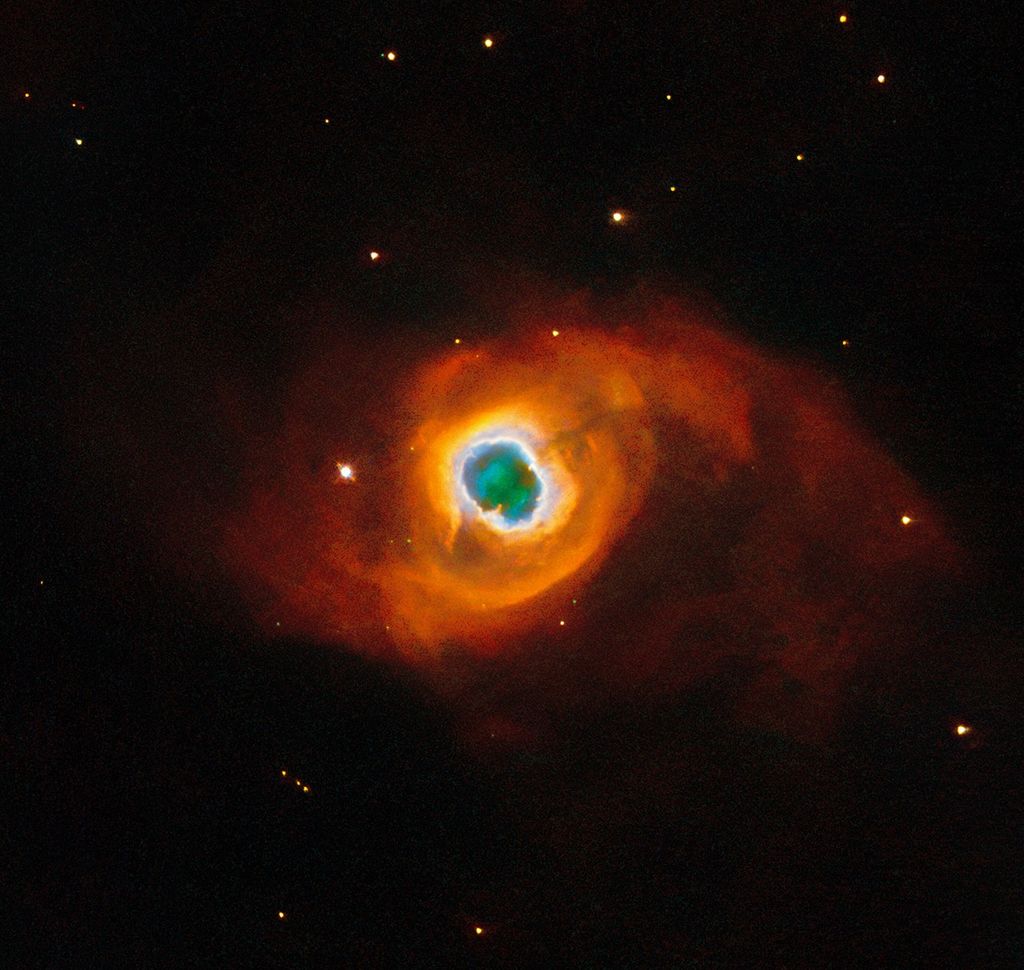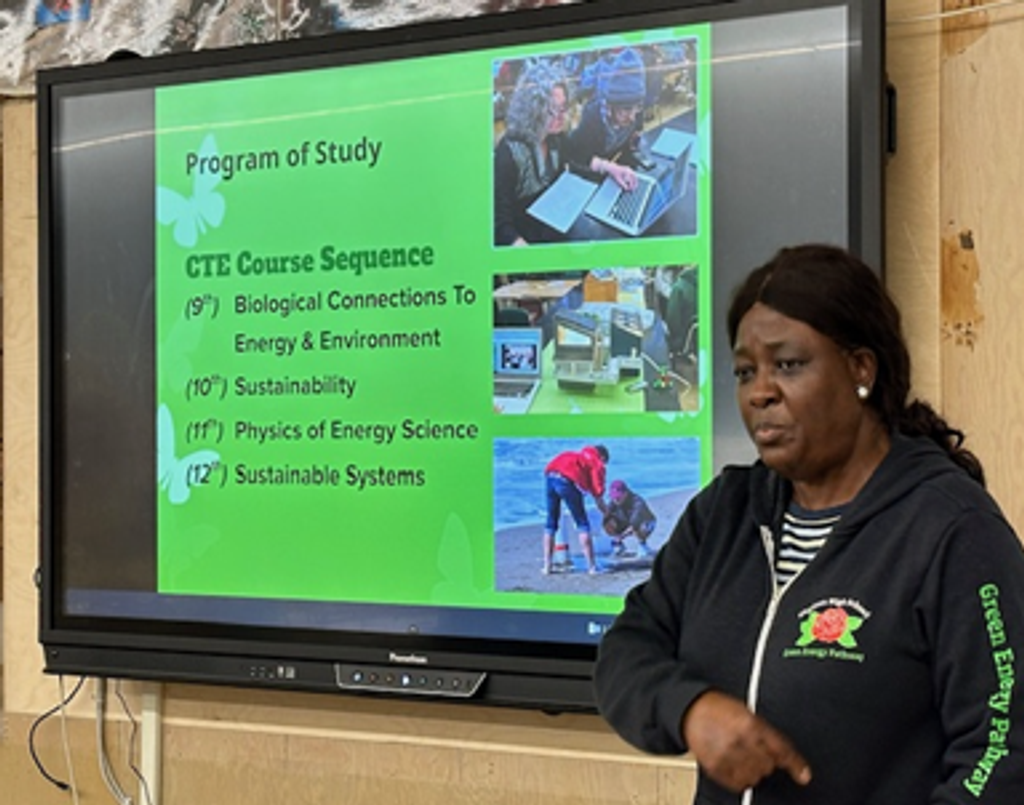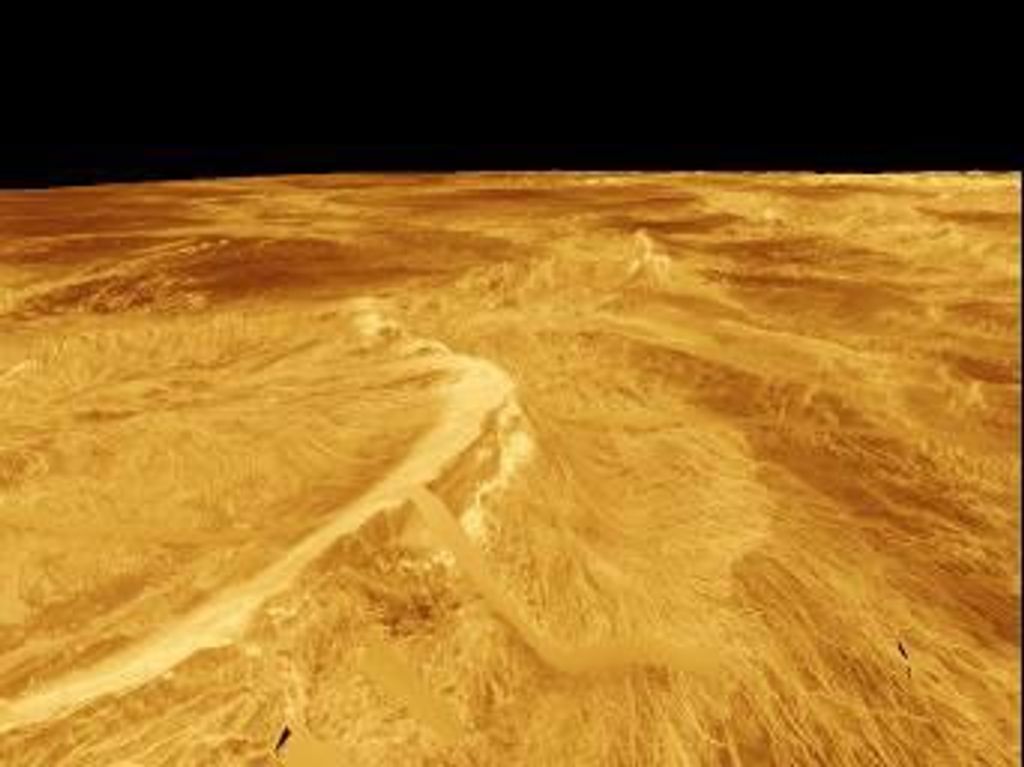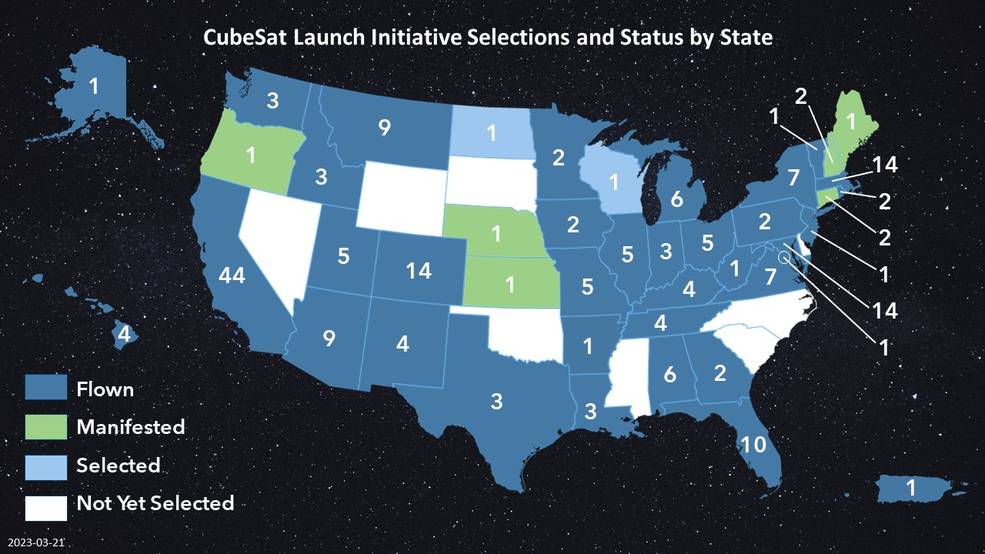NASA’s CubeSat Launch initiative (CSLI) provides low-cost access to space for U.S. educational institutions, informal educational institutions such as museums and science centers, non-profits with an education/outreach component, and NASA centers for early career workforce development. The initiative’s intent is to inspire and develop the next generation of scientists, engineers, and technologists by offering a unique opportunity to conduct scientific research and develop/demonstrate novel technologies in space.
The initiative is an integrated cross-NASA collaborative effort led by the Space Operations Mission Directorate (SOMD) with participation from the Office of Science, Technology, Engineering, and Mathematics (OSTEM), Science Mission Directorate (SMD), and Space Technology Mission Directorate (STMD) to streamline and prioritize rideshare and deployment opportunities of CubeSats.
CubeSats are a class of research spacecraft called nanosatellites. The cube-shaped satellites are spacecraft sized in standardized units or Us, typically up to 12U. A CubeSat unit is defined as a volume of about 10 cm x 10 cm x 10 cm and typically weighs less than 2 kg.
HOW IT WORKS
Each year, NASA releases an Announcement of Partnership Opportunity with detailed instructions on how an interested eligible organization may submit a proposal for a CubeSat project. Proposals received by the due date and adhering to the instructions are reviewed by SOMD, SMD, STMD, and OSTEM, and scored based on a number of factors specified in the announcement. Of particular interest is educational impact and alignment to NASA’s Strategic Plan and other NASA strategic documents.
NASA’s Launch Services Program (LSP) will pair selected CubeSats with launches that are best suited for each CubeSat’s mission and ready date, taking into consideration the planned orbit and any special constraints the CubeSat’s mission may have. Once CubeSats are paired to a launch, an Educational Launch of Nanosatellites (ELaNa) mission number is assigned. An ELaNa mission simply describes the complement of CSLI selected CubeSat(s) that are flying along as auxiliary payloads on the primary launch mission. Deployment of the CubeSats can be either directly from the launch vehicle, or more commonly, taken to the International Space Station where it is deployed by a crewmember per a predetermined schedule.
In the past, selected science investigation missions have studied Earth’s atmosphere, near Earth objects, space weather, and biological sciences. Technology demonstration missions have included in-space propulsion, space power, radiation testing, and solar sails.
The CubeSat Launch Initiative is one of many ways NASA is attracting and retaining students in STEM disciplines. This strengthens NASA’s and the nation’s future workforce. Further, the initiative promotes and develops innovative technology partnerships among NASA, U.S. industry, and other sectors for the benefit of agency programs and projects.
HIGHLIGHTS
Since its inception, the CubeSat Launch Initiative has launched over 140 CubeSats on more than 40 ELaNa missions. Additional CubeSats have already been manifested for flight on future missions, and more are always coming. Through this initiative, ELaNa missions have included: BisonSat (first CubeSat built by a tribal college in the U.S.), TJ3Sat (first CubeSat built by a U.S. high school), WeissSat1 (first CubeSat built by U.S. middle schoolers), and STMSat-1 (first CubeSat built by a U.S. elementary school).
NASA has selected over 200 CubeSat missions from more than 100 unique organizations representing 42 states, the District of Columbia, and Puerto Rico. The CubeSat Launch Initiative eagerly looks forward to submissions, and ultimately selections, from the remaining states: Delaware, Mississippi, Nevada, North Carolina, Oklahoma, South Carolina, South Dakota, and Wyoming. NASA also encourages the submission of proposals from Minority Serving Institutions and Historically Black Colleges and Universities.



























